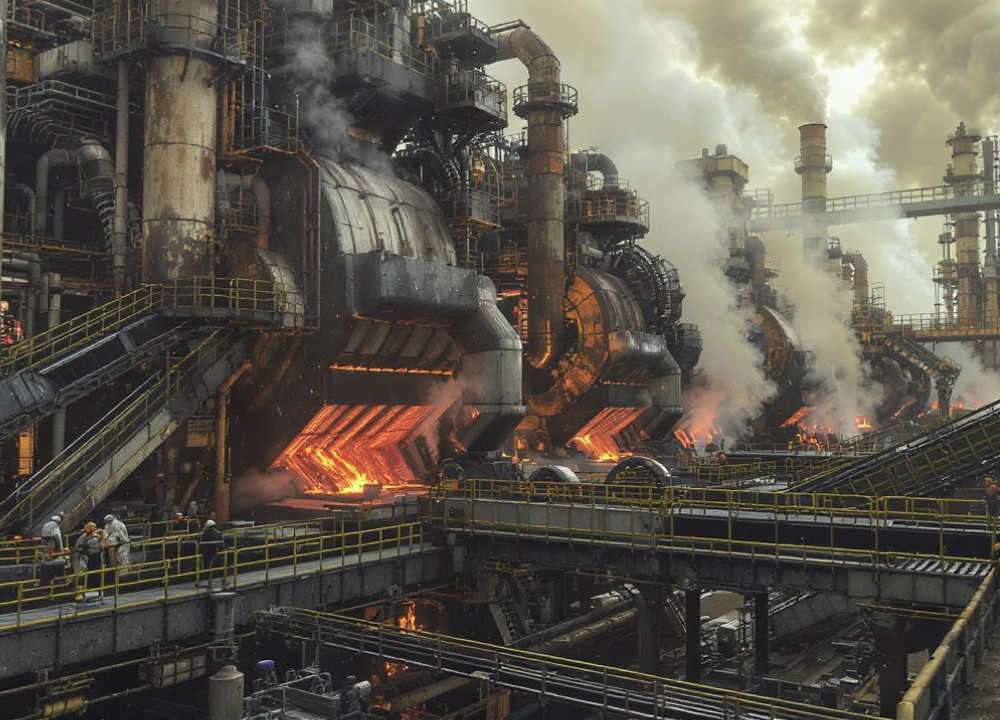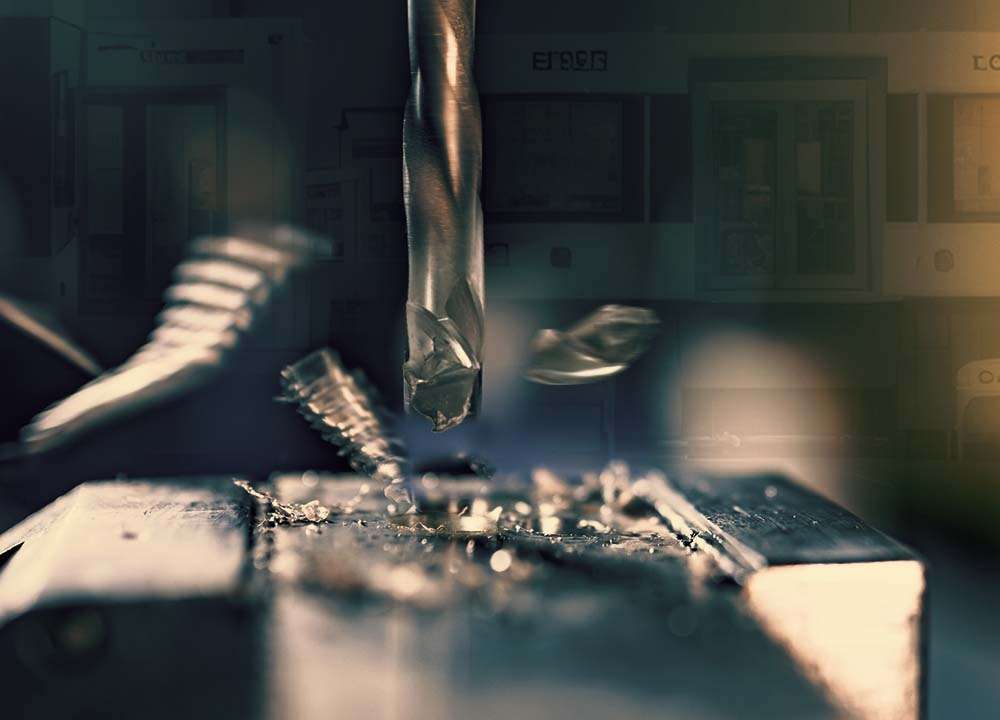Hydrogen is the key to the Energy Transition, and anyone who wants to control climate change will not be able to avoid it. Pepperl+Fuchs has many years of experience in the field of explosion protection and industrial sensor technology, making it the right partner and a binding element in the hydrogen chain—from generating renewable energy, high-pressure compression after electrolysis, transport, and storage through to largescale industrial use and hydrogen filling stations.

The first element of the periodic table is a key factor in decarbonising transport and industry—provided that the gas has been extracted without CO2 emissions. The value chain from the wind turbine to the hydrogen filling station is long, and it is replete with technical challenges. Decarbonisation will bring about numerous changes, especially in the way we generate, store, distribute, and consume energy.
"Green" hydrogen will play a fundamental role in producing energy and decarbonising industry and heavy-duty vehicles in the future. To ensure that automated processes are safe, explosion-protected components and sensors with a variety of different functions are required.
Pepperl+Fuchs the german multinational company headquartered in Mannheim has many years of experience in the fields of explosion protection and industrial sensor technology based on the principles of inventiveness, entrepreneurial foresight and self-reliance. Hydrogen plays an important role in the measurements to curb climate change. A prerequisite for the climate-friendly generation of hydrogen is the use of renewable energies.

Pepperl+Fuchs offers a wide range of components that optimize the energy yield in the wind and solar plants—from encoders and inductive sensors on the rotor blade of a wind turbine to inclination sensors that align solar collectors perfectly with the sun.







